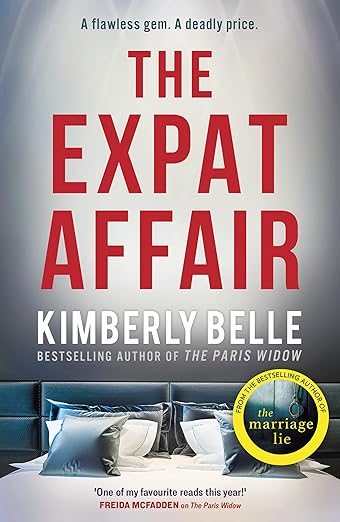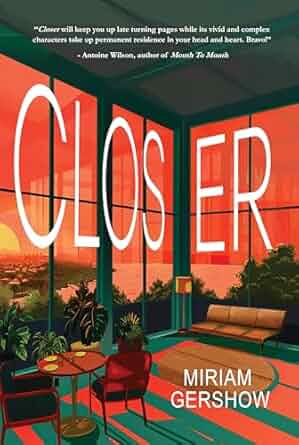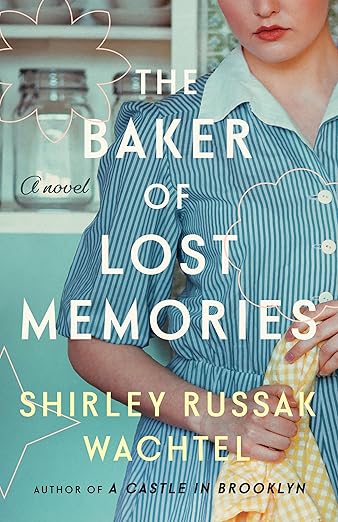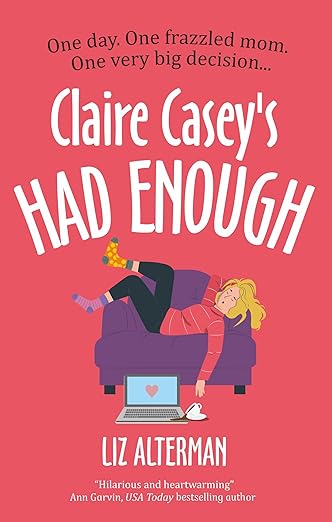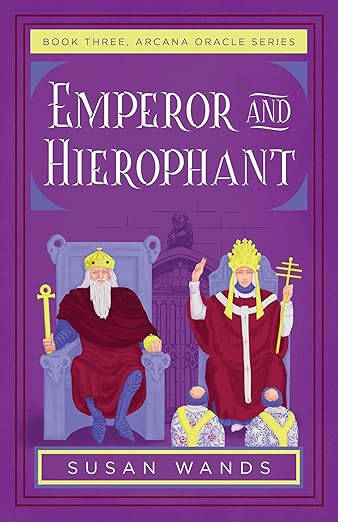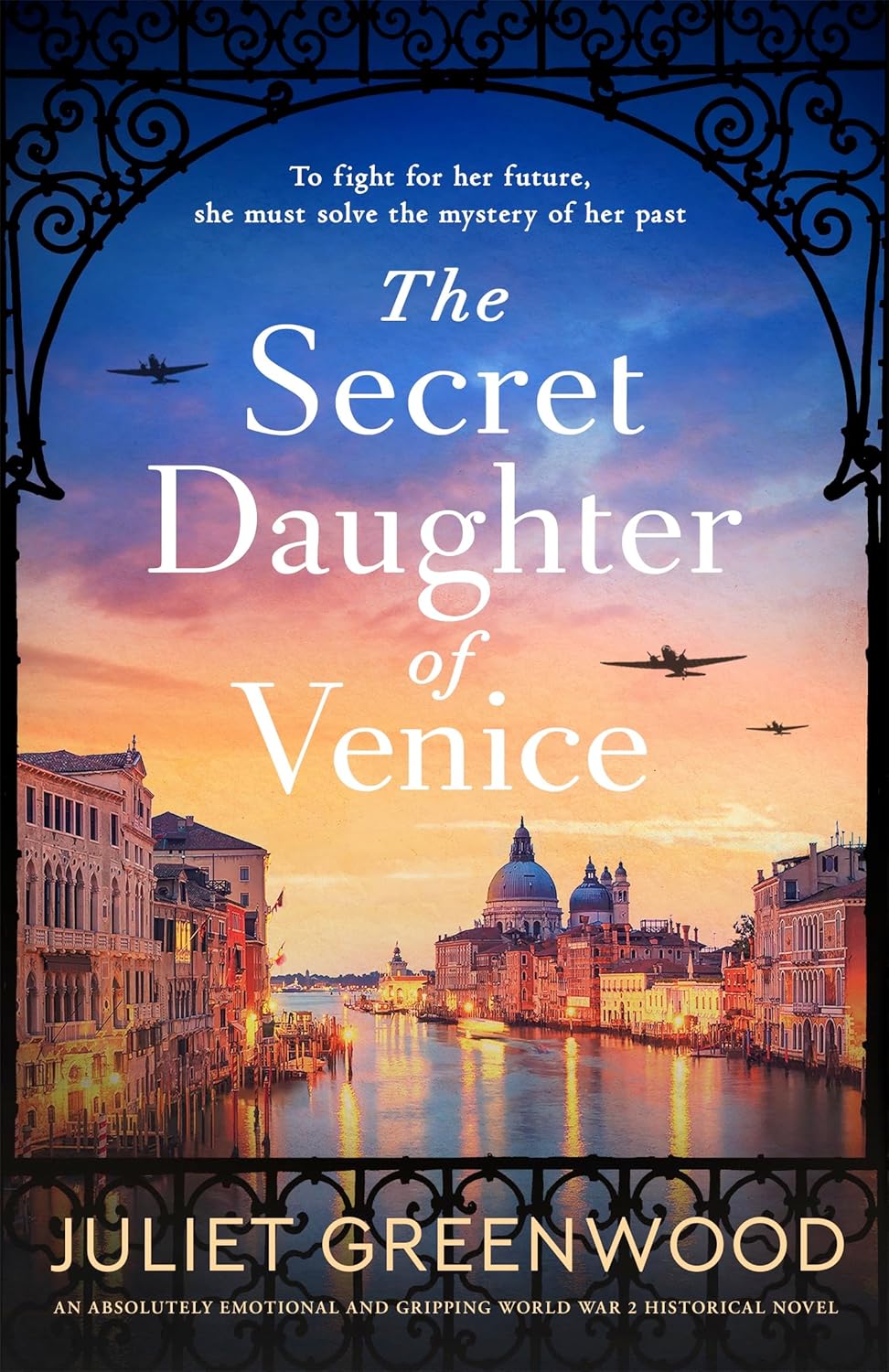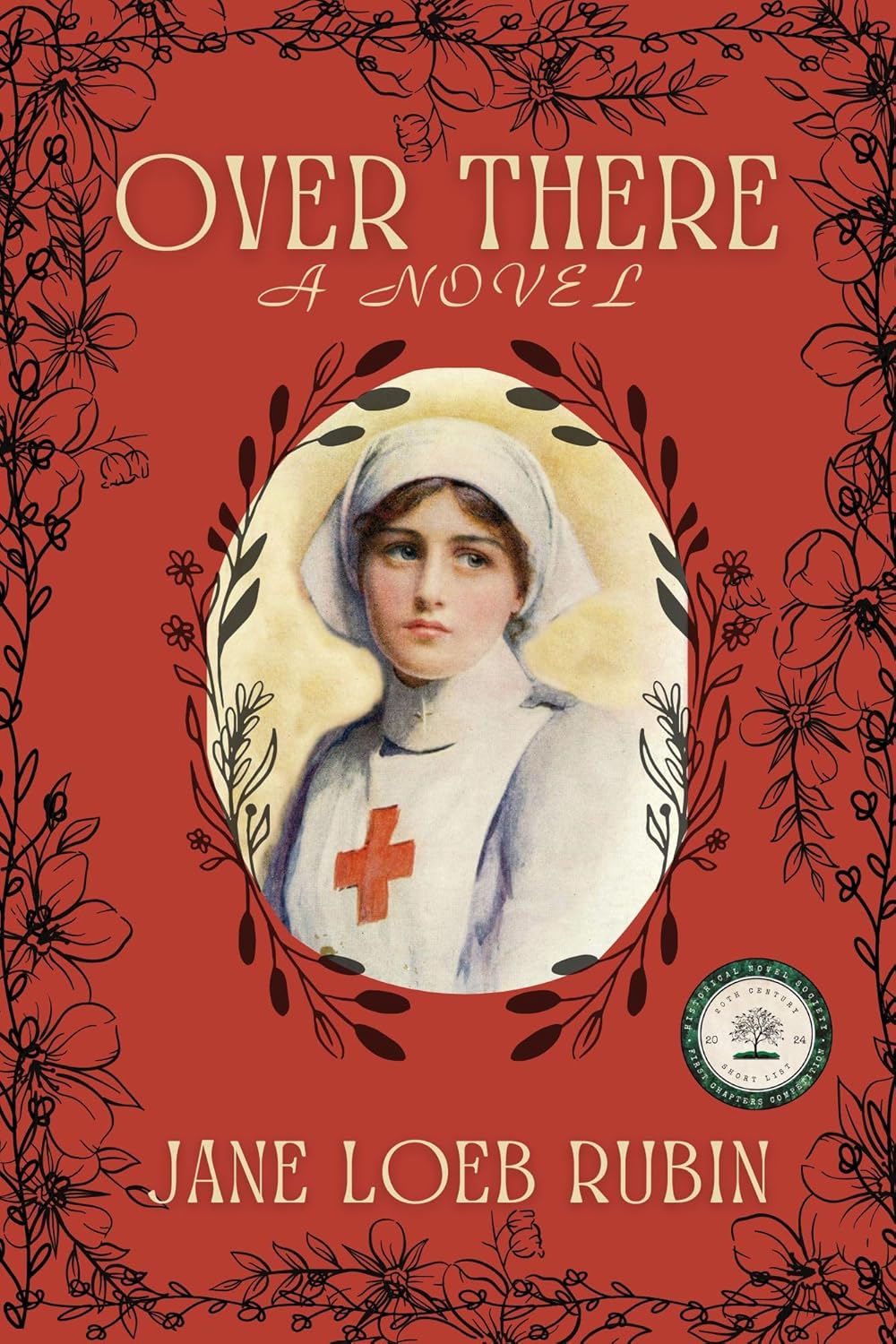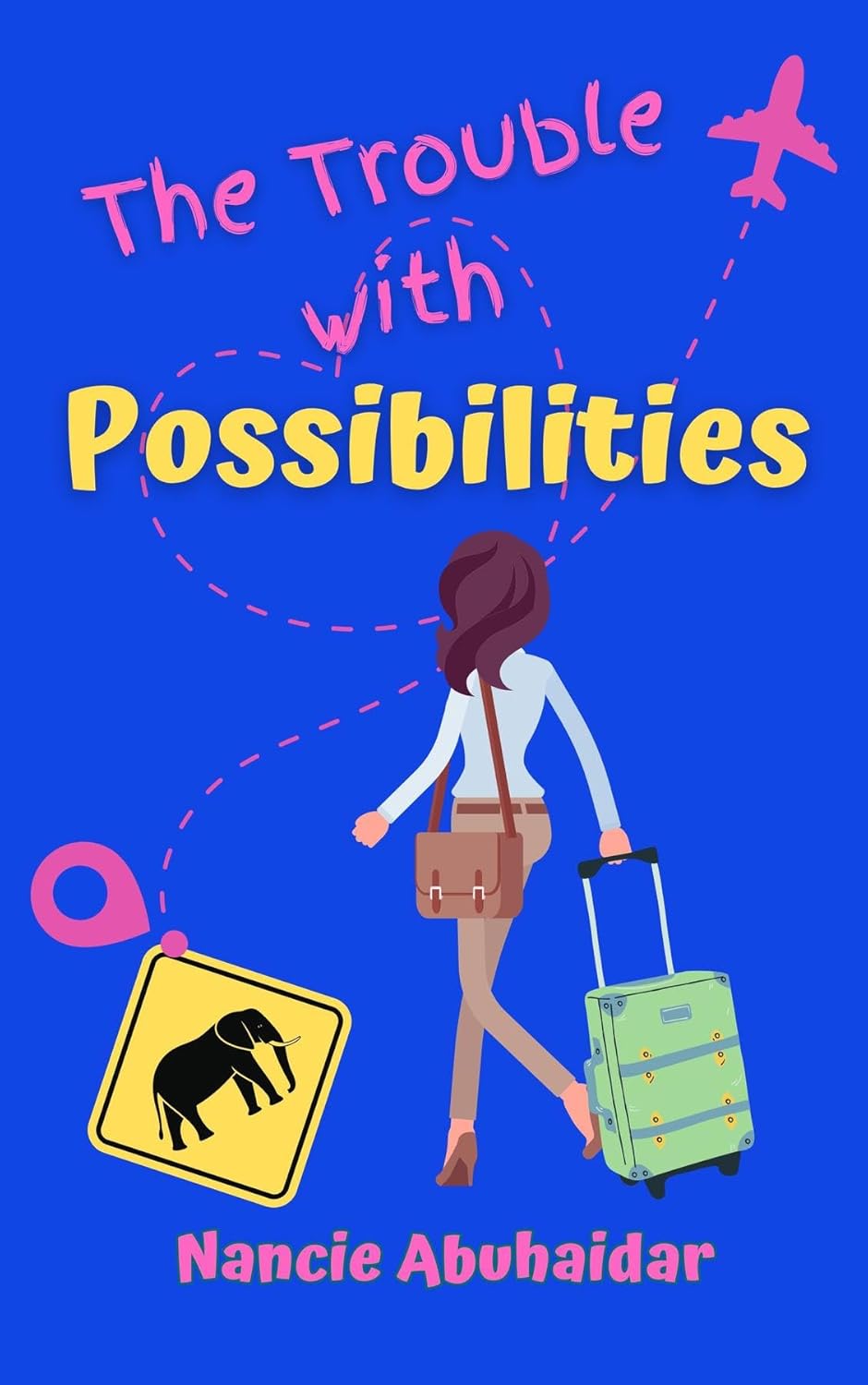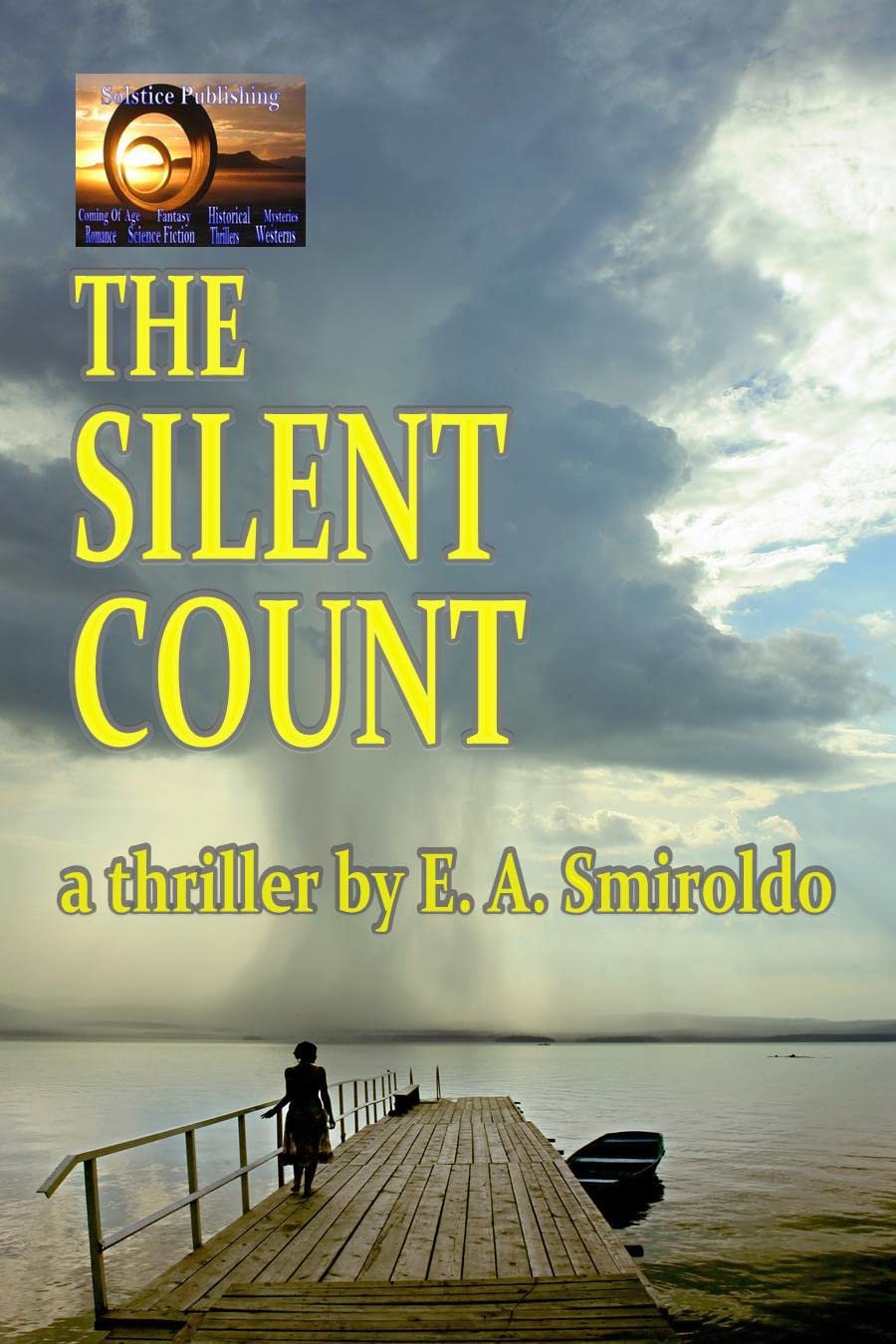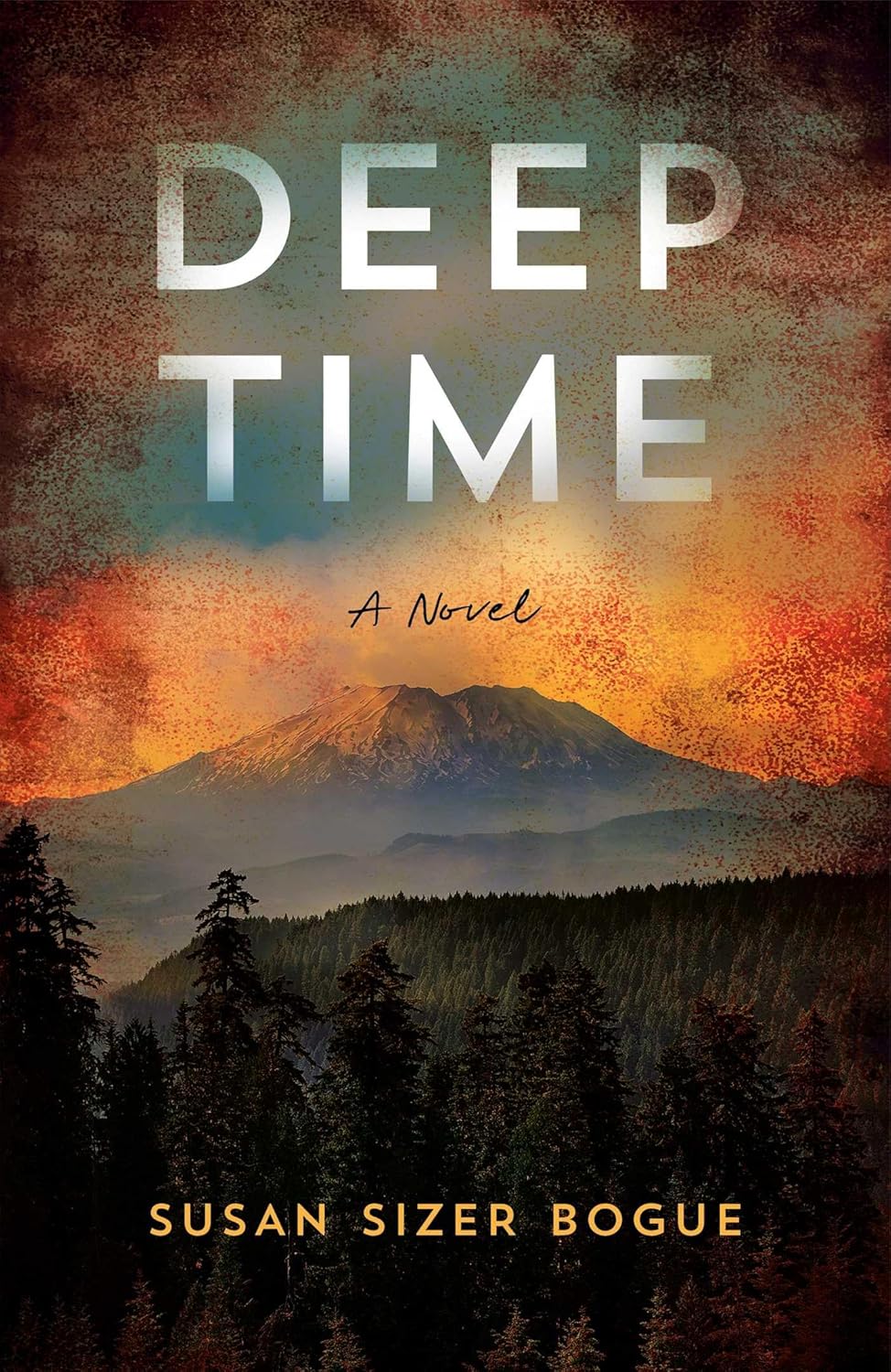Migration, Botany, History and Identity: The Seeds of Inspiration for a Book about Gardens and Gardening from an Émigré’s Perspective
Migration, Botany, History and Identity: The Seeds of Inspiration for a Book about Gardens and Gardening from an Émigré’s Perspective
By Mariam Pirbhai
 Garden Inventories: Reflections on Land, Place and Belonging (Wolsak & Wynn, 2023) is a book of creative nonfiction written through the lens of nature writing and memoir. It concerns the space of the garden, but also gardens as they are connected to our neighbourhoods, conservation areas, natural spaces, and urban landscapes—that is, as they are connected to the land in which we live. In this book, gardens are also a metaphor for the ideas we inherit, cultivate and, at times, resist about land and place.
Garden Inventories: Reflections on Land, Place and Belonging (Wolsak & Wynn, 2023) is a book of creative nonfiction written through the lens of nature writing and memoir. It concerns the space of the garden, but also gardens as they are connected to our neighbourhoods, conservation areas, natural spaces, and urban landscapes—that is, as they are connected to the land in which we live. In this book, gardens are also a metaphor for the ideas we inherit, cultivate and, at times, resist about land and place.
The book was an avenue for me to explore what stories my little plot of land in Waterloo, as well as its suburban and natural environs in southwestern Ontario, has to tell me about a place in which I have not grown up. As such, I also look to the space of the garden to consider what it means to put down roots in a place, not only in terms of culture or community but in terms of one’s relationship to a land and its landscapes.
I started with plant selections and the kind of gardens people grow in my neighbourhood or region. This led me to question why certain ideas about horticulture or landscaping dominate over others. Why some plants, like the beloved rose, hold pride of place, while others are deemed “wild” or designated as “weeds.” I also started to see that the garden I had inherited from the previous home owner, much like the garden my husband and I were creating for ourselves, was filled with non-native and even invasive species, bought and promoted by our nurseries.
So, while I was looking to the garden and gardening as a way of connecting or communing with this place—this locality and its natural environment—I was continually surprised by the ways in which “garden” and “land” exist in antagonistic relation. I was starting to see that the garden and gardener (in this case, myself) had much in common—both needed to dig deep and further reflect on our relationship to this land.
Indeed, this book is deeply inflected by my sensibility and personal history as the daughter of immigrants to Canada. My family moved a lot during my childhood and I have come to see how my awareness of the other lands in which I have lived (e.g., Pakistan, England and the Philippines), inform or influence the way I have come to see Canada and its landscapes.
When I found myself trying to create a garden in a cold, northern climate through nostalgia for many of these warmer and, in some cases, distinctly tropical climates, I realized how much the garden is a distinctly personal undertaking shaped and moulded by individual memory and experience.
When we turn to the garden, we start to see how intimately our memories and our identities are connected to the land and nature, be it our mothers’ or ancestors’ gardens or, for the émigré, the types of gardens or environments found in the lands we have left behind. As such, every garden is a kind of construct which has a corollary elsewhere. This elsewhere can exist in the space of memory, or it can be directly tied to distant lands and homelands, and sometimes even to vastly different geographies and climates. When there is a disconnect between the land/scape we presently inhabit and the land/scape we once inhabited, we can become quite unsettled and disoriented.
But sometimes we do not have to travel to see this disconnect. Part of my interest in writing this book was also to explore how a garden—even a plant—can contain within it a world of history. Nowhere is this more evident than in the Americas, where the land itself has been reimagined through the history of colonization, so the book is also concerned with how the North American garden might also be seen as an extension of this history of colonization and conquest, where certain ideas about nature and the environment have been transposed onto this landscape over time.
A case in point is the displacement of native plants for non-native plants, such that it is hard to even conceptualize what this land might have looked like, botanically speaking, prior to colonization.
Garden Inventories thus explores the act of gardening as well as what the garden might reveal about North American gardening practices: there is a chapter on the rose, a chapter on the North American obsession with the “lawn,” and a chapter on how my own garden has evolved as I learn more about native, non-native and invasive plant species.
I am sure readers will be quick to ascertain that this is not a conventional gardening book because it is written by a gardening novice who is acutely aware of the steep or perpetual learning curve that is the gardener’s mantle. Nor does it merely dwell in the space of the garden, but branches out to considerations of suburban space, conservation areas, and even ideas about recreational outdoor spaces, such as Ontario’s famous “cottage country,” where tradition, culture and belonging are directly related to the natural world—the garden beyond the garden.
In looking to plants and gardens for some insight into this land, I come full circle, to myself as a migrant, wondering how three decades of “naturalization” in Canada has, like those other lands in my rearview mirror, influenced or changed my own thinking about land, place and belonging. Suffice it to say, gardening, migration, botany, her/story and History become deeply entangled in this book.
—
Garden Inventories: Reflections on Land, Place and Belonging is available at all major retailers and directly from the publisher: https://bookstore.wolsakandwynn.ca/products/garden-inventories-reflections-on-land-place-and-belonging
—
Mariam Pirbhai is an academic and creative writer. She is the author of a newly released book of creative nonfiction titled Garden Inventories: Reflections on Land, Place and Belonging (Wolsak & Wynn, 2023), Finalist for the Foreword Indies Book Award in the category of Nature Writing/Nonfiction; a debut novel titled Isolated Incident, featured on Global News Vancouver and CBC Books for its depiction of Islamophobia and Muslim-Canadian identities; and a short story collection titled Outside People and Other Stories, winner of the Independent Publishers’ and American BookFest awards. She is a professor in the Department of English and Film Studies at Wilfrid Laurier University, where she specializes and teaches in the area of postcolonial studies and creative writing, and she is the author and editor of several studies on the literatures of the global South Asian diaspora, including Mythologies of Migration, Vocabularies of Indenture: Novels of the South Asian Diaspora in Africa, the Caribbean, and Asia-Pacific. Mariam was born in Pakistan, and lived in England, the United Arab Emirates and the Philippines before her family immigrated to Canada. She and her husband live in Waterloo, Ontario. She can be found at www.mariampirbhai.ca
Category: On Writing




